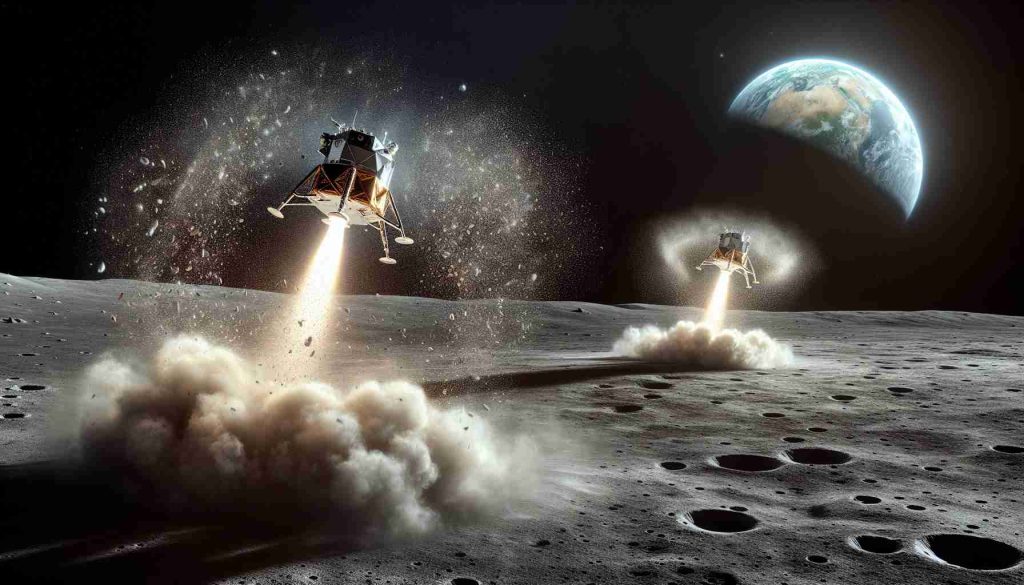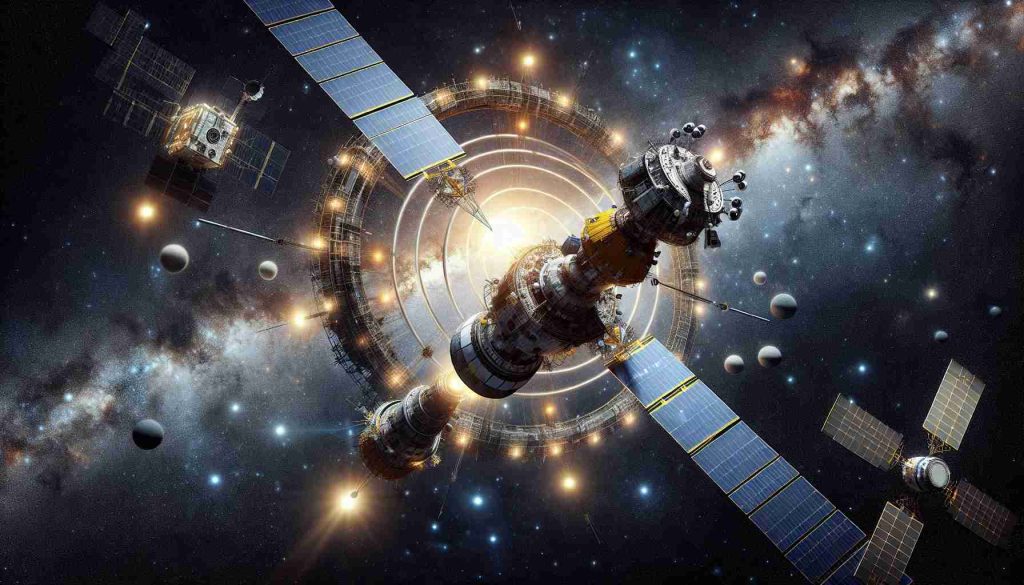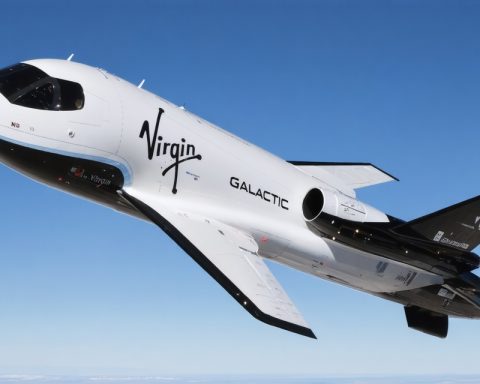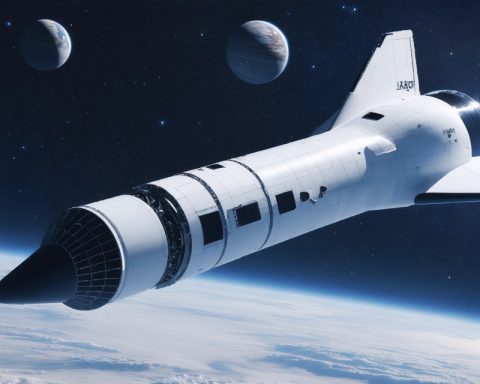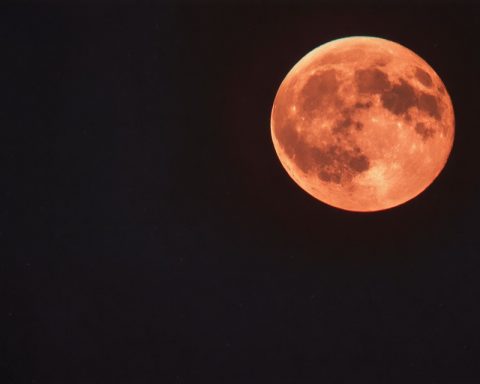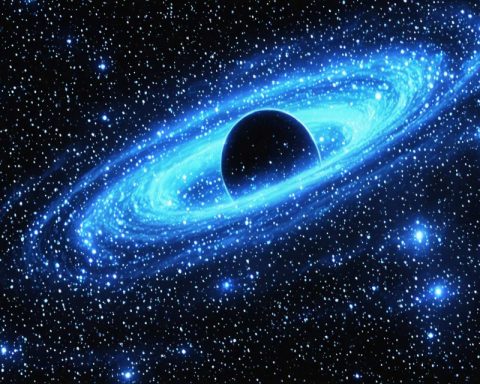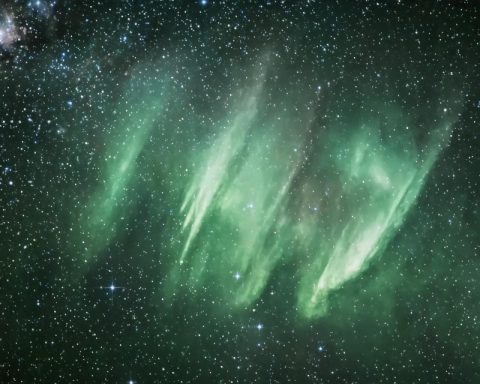Get ready for a spectacular cosmic event! This January, six planets will grace the night sky, providing an extraordinary sight for stargazers.
On January 21, a delightful planet parade kicks off, with the celestial bodies Venus, Mars, Jupiter, Saturn, Neptune, and Uranus all visible. This unique display allows enthusiasts to see multiple planets at once, with the best viewing conditions stretching from late January into late February. Venus, Mars, Jupiter, and Saturn can be observed without any special equipment, while Neptune and Uranus will require a telescope.
For those situated in the Northern Hemisphere, optimal viewing occurs just after sunset around 8:30 p.m. local time. While certain planets dip below the horizon by midnight, Mars, Jupiter, and Uranus will remain visible for several hours. Notably, the star-studded show extends for about four weeks, granting ample time for observation.
The celestial excitement doesn’t stop there! Towards the end of February, Mercury will join the lineup, transforming this spectacle into a parade of all seven planets, excluding Earth. However, spotting them will pose a challenge, as some will be close to the sun.
Don’t forget your telescope! While vivid views of most planets are possible with the naked eye, detailed sightings of Neptune and Uranus demand higher magnification. Prepare your star charts and enjoy this enchanting astronomical experience!
Cosmic Events: Their Impact on Society and Culture
As our understanding of astronomy advances, events like the upcoming planet parade become not just spectacles of beauty but also catalysts for societal reflection and cultural engagement. This January’s alignment of Venus, Mars, Jupiter, Saturn, Neptune, and Uranus invites us to ponder our place in the cosmos, perhaps fueling a renewed interest in astronomy among younger generations. The accessibility of such celestial shows, visible to those with minimal equipment, democratizes astronomy, allowing a diverse audience to engage with the night sky—a practice that historically has fostered community bonding and intercultural dialogue.
Moreover, the implications extend to the global economy, particularly in tourism. Destinations that capitalize on such celestial events could experience significant boosts in tourism revenue, as stargazers travel to optimal locations for viewing. This trend suggests future investments in infrastructure and education aligned with celestial events, which can inspire local economies and promote scientific literacy.
However, the environmental impact of increased crowds in natural observatories cannot be overlooked. Careful management will be essential to ensure that these cosmic gatherings do not harm ecosystems. Looking ahead, as urban light pollution obscures the night sky, there may be a growing demand for initiatives aimed at restoring dark skies, highlighting the long-term significance of these cosmic moments on environmental sustainability.
Experience the Ultimate Sky Show: The January Planet Parade!
An Unmissable Celestial Event in January
Prepare yourselves, stargazers! This January, an awe-inspiring planetary alignment known as a planet parade is set to captivate sky watchers around the world. From January 21st, a rare opportunity arises to see six planets—Venus, Mars, Jupiter, Saturn, Neptune, and Uranus—all gracing the night sky simultaneously.
Viewing Tips for Stargazers
The best time to catch this remarkable sight is just after sunset, particularly around 8:30 p.m. local time for those in the Northern Hemisphere. The viewing conditions are ideal throughout late January and into late February, allowing ample time for anyone interested in observing these celestial bodies.
– Best Planets to See:
– Venus, Mars, Jupiter, and Saturn are visible to the naked eye, making them easily accessible for amateur astronomers.
– Neptune and Uranus will require a telescope for a more detailed view, emphasizing the need for proper equipment for dedicated star gazing.
Keep an Eye on the Sky
As the celestial show proceeds, you may notice that while some planets set shortly after midnight, Mars, Jupiter, and Uranus will linger in the sky, offering more chances for observation throughout the night.
The Finale: Mercury Joins the Parade
Just when you think the excitement might end, Mercury will join the celestial lineup at the end of February, showcasing a complete parade of all seven planets (excluding Earth). However, be prepared: spotting Mercury may prove challenging since it will be located close to the sun, requiring keen observation.
FAQs About the January Planet Parade
Q1: What equipment do I need to observe the planets?
A1: For a basic observation, binoculars will suffice for Venus, Mars, Jupiter, and Saturn. However, if you wish to view Neptune and Uranus, a powerful telescope is recommended.
Q2: Are any special events or gatherings planned for this parade?
A2: Many local astronomy clubs often host star parties during significant astronomical events, making it an excellent opportunity to join fellow enthusiasts and enhance viewing experiences. Check local listings or astronomy websites for details.
Q3: What is the best way to photograph the planets?
A3: Using a telescope with a camera adapter can yield the best results. Make sure to use a tripod to keep your camera stable, especially in lower light conditions.
Conclusion: Don’t Miss This Unique Astronomical Show
This January will undoubtedly be a remarkable time for astronomy enthusiasts and casual observers alike. With the required tips and info in hand, grab your telescope or binoculars and enjoy the stunning spectacle of our solar system. Remember to keep your eyes on the sky and celebrate this extraordinary cosmic event!
For more information about astronomy and upcoming celestial events, visit NASA’s official website.

